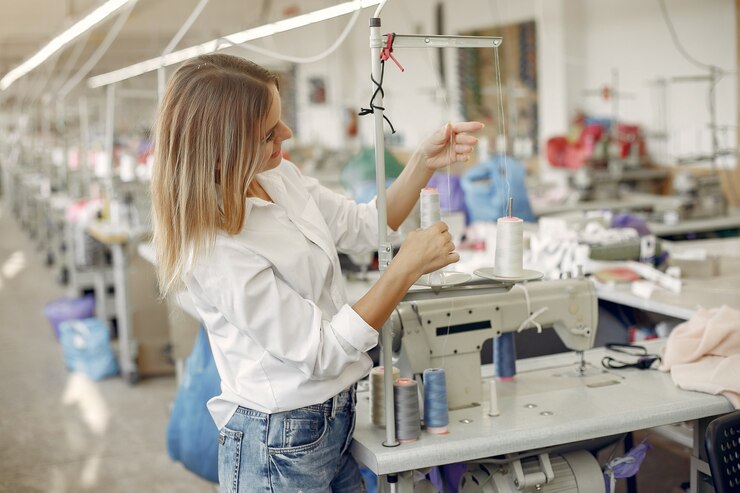Welcome to a fascinating journey into the world of baby clothes manufacturing! In this blog post, we’ll unravel the intricate process that goes on behind the seams, exploring the craftsmanship, attention to detail, and dedication that contribute to dressing our little ones in the softest and safest garments. Join us as we step into the heart of the manufacturing process and discover the magic that transforms raw materials into adorable, comfortable outfits for babies.
- Design and Conceptualization: The journey begins with a spark of creativity. Designers conceptualize the latest trends, patterns, and colors that will not only be visually appealing but also practical for the youngest members of our families. From cute onesies to tiny booties, every design is carefully considered for its functionality and aesthetic charm.
- Selection of Materials: Baby clothes are designed to be gentle on delicate skin. Manufacturers pay special attention to the selection of materials, opting for soft, breathable fabrics like organic cotton. Learn about the importance of choosing hypoallergenic materials and the steps taken to ensure that the fabrics are free from harmful chemicals, making them safe for your little one.
- Cutting and Pattern Making: Precision is key when it comes to cutting fabric. Explore the meticulous process of pattern making and cutting, where attention to detail ensures that each piece is crafted with accuracy. Discover how advancements in technology have influenced this stage, allowing for greater precision and efficiency in the manufacturing process.
- Sewing and Assembly: Behind every stitch is a skilled artisan. Follow the journey of baby clothes as they move through the sewing and assembly line. From sewing machines to hand-stitching delicate details, witness the craftsmanship that goes into creating durable and comfortable garments that can withstand the adventures of babyhood.
- Quality Control: No garment leaves the manufacturing facility without undergoing rigorous quality control checks. Delve into the measures taken to ensure that each baby outfit meets the highest standards of safety, durability, and comfort. Learn about the various tests conducted, such as color fastness, seam strength, and sizing accuracy.
- Packaging and Distribution: Once the garments pass the quality control stage, they are carefully packaged and prepared for distribution. Explore the logistics behind getting these adorable outfits from the manufacturing facility to the shelves of your favorite baby store. Learn about the eco-friendly packaging options that some manufacturers are adopting to reduce their environmental impact.
Conclusion: As we conclude our journey behind the seams, we gain a newfound appreciation for the craftsmanship and dedication that contribute to the manufacturing process of baby clothes. From the initial design phase to the careful selection of materials, precision cutting, skilled sewing, and stringent quality control measures, each step is a testament to the commitment to providing our little ones with the best in comfort, safety, and style. So, the next time you dress your baby in that cute onesie or tiny pair of booties, remember the intricate journey that brought those adorable garments to life.



Recent Comments